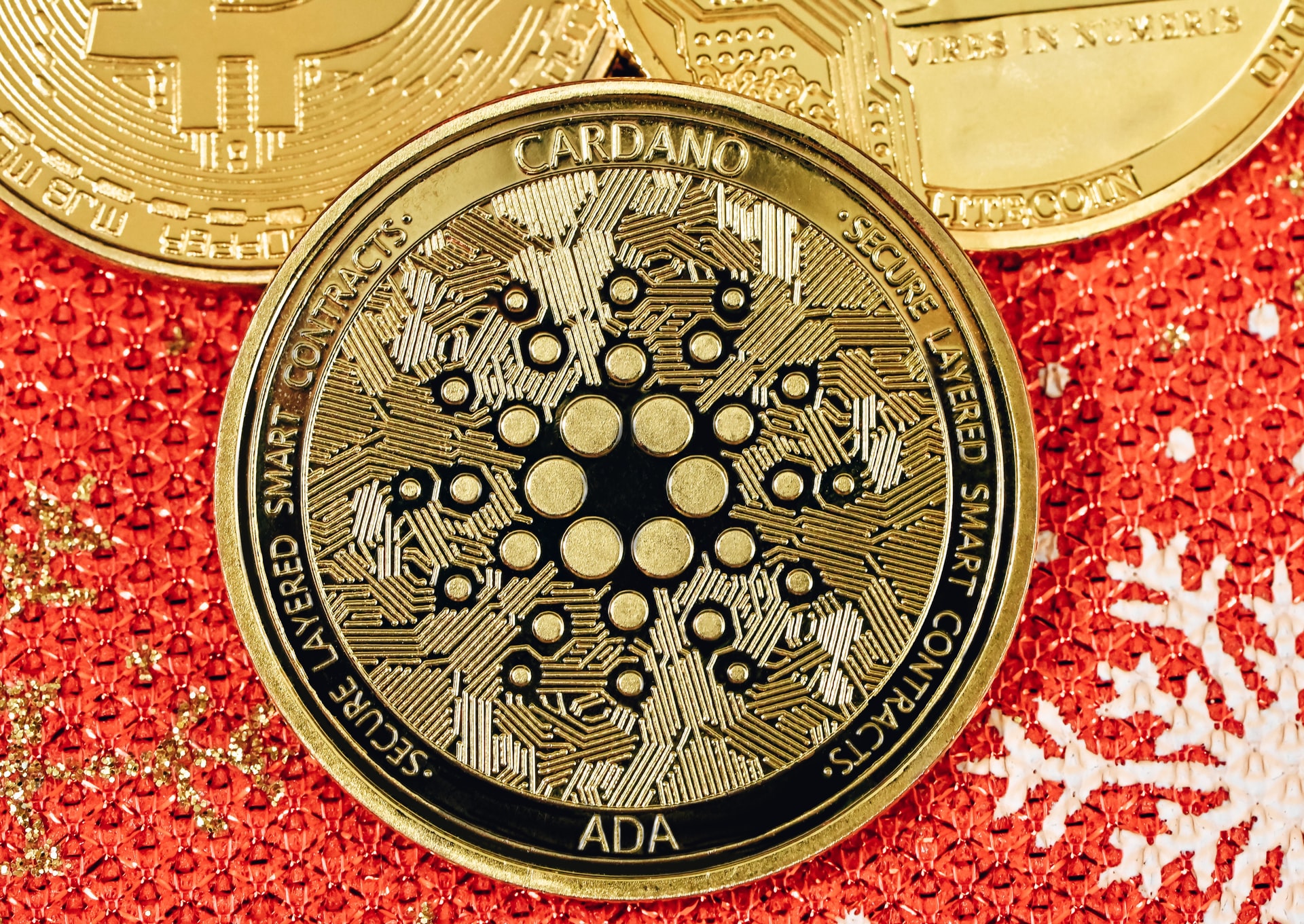
All About Stable Coins
Crypto is well-known for its high degree of volatility. This implies that the values of currencies could increase and decrease in a matter of seconds, making it more difficult for speculators to decide on a specific currency to invest in. Cryptocurrency investors have become billionaires overnight, only to have a large portion of their fortune disappear within a few weeks.
While that might be a thrilling experience to behold, it also demonstrates the unreliability of popular crypto like bitcoin, particularly when used as a payment method for products and services. At this point, stable coins enter the picture as a solution. Stablecoins play a vital function in the financial system by serving as an intermediate store of value.
What is a Stable Coin and How do they work?
A stablecoin is just crypto whose value is linked to the value of another asset, most often a fiat such as the United States dollar or even the euro, but other assets could also be used.
This kind of cryptocurrency coin monitors the value of the underlying asset, ensuring that its value remains steady over time, at least concerning the currency to which it is linked. To put it another way, it’s almost as though the underlying value has gone electronic, such as a digital dollar for example.
Stablecoins are blockchain-based equivalents of fiat currencies that can interact via blockchain-based apps and smart contracts. Unlike the majority of cryptocurrencies, including Bitcoin and Ethereum, which are backed by absolutely nothing and the values of these other cryptocurrencies vary significantly, as speculators attempt to benefit by driving their prices up and down.
How do stable coins get valued?
In most cases, the value of stablecoins is linked to the worth of either a certain fiat currency, like the United States dollar or a specific commodity, such as gold. They are tied to the U.S. dollar, which implies that their value is set, therefore one stable coin that tracks the dollar ought to be worth exactly one dollar.
It is possible to keep this peg in place via a variety of different techniques known as asset backing, this is the most frequent means of securing stable coins. Asset backing refers to the relation between the total quantity of stablecoin tokens in circulation and the total amount of assets supporting it. A stablecoin is backed 1:1 if there are assets worth the same amount as the number of stablecoins in circulation for each stable coin in circulation.
Stable coin’s consistency and how they are backed?
They achieve price stability via the use of collateralization or algorithmic processes for purchasing and selling the benchmark asset or its derivatives. Simply explained, the acts of regulating authorities such as central banks, which guarantee that the prices of their respective currencies stay generally steady, allow government-issued fiat currencies to maintain their value over time.
The stability given by central banks and government to establish a reserve in government-backed fiat money such as the United States dollar is taken advantage of by stablecoins, which may be backed by a physical asset such as gold, algorithms, or government-issued fiat currencies. Stablecoins are maintained stable or backed by a few basic techniques, which are as follows:
Fait Backed Stablecoin: Fiat backed stable coins keep a fiat money reserve, such as the US dollar, as a backup to issue a sufficient amount of crypto coins. these stablecoins often contain one dollar in reserves as well as either money or cash equivalents per token in circulation.
Stablecoin reserves are held by central institutions that conduct regular audits of their funds and collaborate with authorities to ensure that such organizations possessing stable coin reserves stay in compliance with the regulations. To purchase stablecoins directly from the issuers, customers will have to go through Know Your Customer (KYC) & Anti-Money Laundering (AML) checks that are comparable to those that are performed on trading platforms. Users’ personal information, as well as a copy of the government-issued identity document, is collected throughout these operations.
Cryptocurrency Backed Stablecoins: Such coins backed by the other crypto are known as crypto-backed stable coins. Since the reserve crypto could also be volatile, such stablecoins are over-collateralized, which means that a higher number of cryptocurrency tokens are kept as a reserve for releasing a smaller number of stablecoins. A stable coin backed by cryptocurrency can be released to launch a single asset on a separate blockchain. Wrapped Bitcoin (WBTC), for example, is stablecoin backed with Bitcoin and released on the Ethereum network.
Alternatively, crypto-backed stablecoins can monitor the value of fiat money using blockchain balancing processes. These coins are a more decentralized variant of fiat-backed stable coins since they can be produced using automated smart contracts and are not controlled by a single organization.
Commodity-backed stablecoins: These are digital representations of commodities backed by central reserves. Commodity-backed stablecoins are backed by physical assets like gold, oil, and real estate. Gold is by far the most widely collateralized. However, it is important to realize that these commodities’ prices may and will change, possibly losing value.
Commodity-backed stablecoins make it easy to invest in assets that are typically out of reach locally. Obtaining gold bars and safe storage facilities is difficult and costly in many locations. A physical item like gold or silver is therefore not always a feasible alternative. It is also useful for individuals who wish to convert tokens into cash or get custody of an underlying tokenized asset.
Algorithmic or Hybrid stablecoins: Hybrid stablecoins include stablecoins that depend on complicated algorithms to maintain their values stable, successfully balancing supply and demand through smart contracts. The algorithmic stablecoins act as true central banks, protecting the market peg. When the stablecoin price rises above the peg, they acquire assets & sell them whenever the price falls.
Due to lack of over-collateralization, several algorithmic stablecoins have been known to lose their peg after black swan or unexpected occurrences. Using an algorithmic stablecoin approach reduces the number of tokens in circulation whenever the market price lowers. As a result, if the stablecoin’s value surpasses the value of the fiat money it represents, fresh tokens are produced.
Top Stablecoins in 2022:
The following is a list of the best stablecoins for the year 2022,
Tether (USDT) is a widely popular stable coin that was first discovered in 2014 and has since gained widespread adoption. For many years, this has been one of the most widely utilized stable coins in the cryptocurrency sector. Tether is just a stablecoin that is tied to the value of a fiat currency. The most important feature of such a coin is that it could be converted into US dollars. For the sake of precision, one tether could be exchanged for one US dollar. It is the ultimate of low-risk trading & anti-market manipulations in the digital arena, and it is backed by a stable coin.
USD Coin (USDC) is indeed a popular stable coin that is issued by such a domain called Centre, which is a joint venture among Circle and Coinbase. This stablecoin is tied to assets that are denominated in US dollars. Financial institutions in the United States are in charge of regulating these assets. In the cryptocurrency market, this stable coin may be used for a variety of purposes, although it is most often associated with decentralized financial methods.
Dai (DAI) is a one-of-a-kind stablecoin supported and sustained by Ethereum-based currency. This stablecoin is first put into the MakerDAO vault, and it then serves as insurance for the user to utilize the Dai stablecoin. Because the value of this stable coin exceeds that of the US dollar, its MarketDAO protects it by linking it to the US dollar at such a 1:1 ratio. When compared to Tether, the Dai market is more volatile, yet it is still quite effective.
Binance USD (BUSD) is a popular stable coin within the cryptocurrency industry, with a market capitalization of over $1 billion. These stablecoins are created by the Binance cryptocurrency exchange. To put it simply, the Binance cryptocurrency is tied to fiat money, and more particularly, to the US dollar. This is among the most widely utilized stablecoins currently available on the market. In addition, technology has become more popular in recent years.
TrueUSD (TUSD) is an entirely collateralized stable coin. This stablecoin is well-protected, and it is an ERC-20 token that has been confirmed. As with other popular stablecoins, this one is supported by US dollars and therefore is sustained at a 1:1 ratio, much like the rest of the market. Furthermore, it is the first cryptocurrency to be established on the TrustToken platform, making it the flagship cryptocurrency.
TerraUSD (UST) is just an algorithm-based stablecoin in which the minting cost is almost equivalent to the main value of a stablecoin that is being coined. TerraUSD is a stable coin that is backed by the United States dollar. This stable coin, like the vast majority of stablecoins on the market, is linked to the United States dollar. This stable coin lets Defi apps reach their full potential without being constrained by any constraints.
Digital Gold Token (DGX), is a stablecoin is backed with gold. The Ethereum network is being used to produce this stablecoin. This stablecoin is quite useful for digital fans who place their faith in gold to provide stable market volatility. This DGX token is indeed a stable store of value inside the digital environment that has been stabilized.
Some concerns about USDT:
Several investors, as well as economists, are concerned that tether’s issuer has insufficient dollar reserves to support its currency peg. Concerns have long been raised regarding whether tether is used to influence the price of bitcoin, with one research alleging that the asset has been used to shore up bitcoin amid significant price drops during its monster 2017 rebound.
Tether depleted its stable coin reserves in May 2021. The corporation stated that just 2.9 percent of its assets were in cash, with the overwhelming majority in commercial paper, a kind of unsecured and short-term debt. USDT has more assets than many US banks, with much more than $60 billion in tokens in circulation.
JPMorgan analysts have warned repeatedly that a rapid lack of trust in tether might cause a “serious liquidity shock to the larger cryptocurrency market.”
Conclusion:
Stablecoins occur in different forms, but all serve the same purpose. Stablecoins give some of the stability that most cryptocurrencies lack. By bringing stability to the bitcoin market, they have successfully attracted many who were previously afraid to engage owing to severe volatility. It has also allowed investors, dealers, and exchanges to diversify their cryptocurrency portfolios. The most popular stable coins are USD-backed, although fiat money goes well beyond USD.


